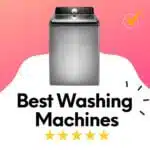How To Use Front Load Washing Machine?
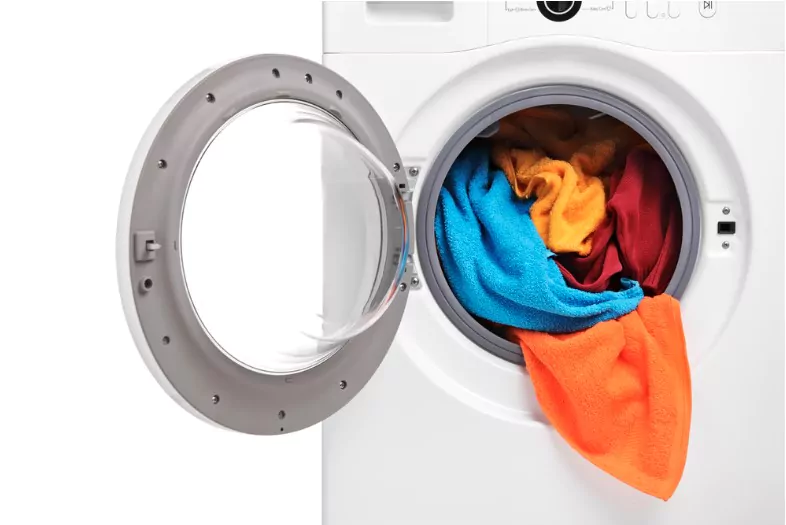
Washing clothes may seem simple, but when you invest in a modern appliance like a front-load washing machine, understanding its features can make a significant difference in your laundry outcomes. Over a decade, front-loading washing machines have transformed the way we do laundry. With their sleek designs and advanced technology, they promise efficient water usage, gentle clothing care, and excellent cleaning.
When it comes to efficient cleaning and space-saving design, front-load washing machines are the go-to choice for many. However, for those accustomed to top-load washing machines, transitioning to a front-loading washing machine can be a bit challenging. In fact, over a decade, front loaders have gained immense popularity, largely replacing their top-loading counterparts in many households. If you’ve recently purchased one or are considering making the switch, this comprehensive guide on how to use front-load washing machine is just for you.
1 Understanding Front Load Machines
The Basics of Front-Load Washing Machines: Unlike top-load washing machines, front-load washing machines come with a horizontal drum. Instead of water covering the clothes, the clothes are lifted and dropped into the water, ensuring effective cleaning. The design also makes them more water-efficient, with many models using less water than top loaders.
Advantages of Front Loaders Over Top Loaders: Front loaders generally use less water, have a larger wash capacity, and tend to be more energy-efficient than top loaders. Additionally, they offer a gentler wash, making them ideal for delicate garments. However, they can take about an hour or more per wash cycle, a tad longer than some top-loading washers.
2 Step-by-Step Guide on Using Front Load Washers
Prepare Your Dirty Laundry
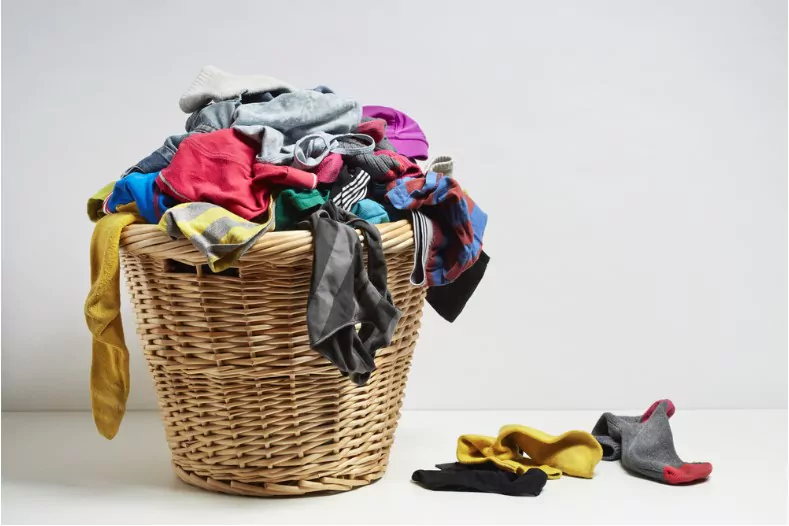
Before putting your dirty laundry in the washer tub, make sure to check pockets for small items, separate lighter items from heavier garments, and ensure clothes are loosely inside. Remember, overstuffing will result in less effective washing.
Open the Front Loader Door

One key difference between top-loading washing machines and front-loading washing machines is the door’s position. Open the door of the front load washer and load the laundry.
Adding Detergent and Other Cleaning Agents
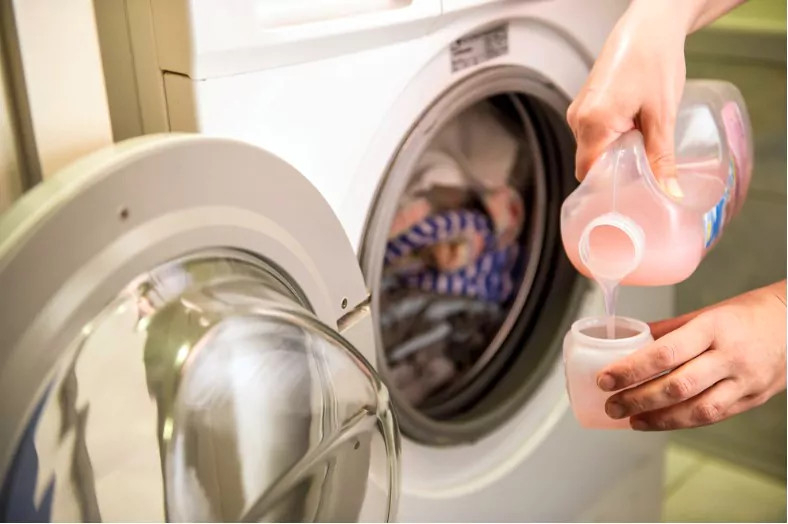
Front-load washing machines often come with a detergent dispenser drawer or a detergent box. The correct amount of laundry detergent is crucial. Using excessive suds from more detergent than needed can damage the machine. Use the marks in the dispenser drawer as a guide. Apart from detergent, this drawer might have space for fabric softener, bleach, and other cleaning agents.
- Detergent: Use the correct amount. More detergent doesn’t mean cleaner clothes. In fact, excessive suds can be detrimental to your front-load washer. Pour the laundry detergent into the designated detergent box or dispenser drawer.
- Fabric Softener: If you’re using fabric softener, pour it into the respective compartment. Remember, fabric softener is optional.
- Bleach: For washing whites or disinfecting, use bleach. Pour it into the designated bleach dispenser.
Selecting the Right Wash Cycle
Front-loading washing machines offer different types of washing cycles like permanent press, quick wash, and others. Select the washing cycle based on your laundry needs. For instance, use a gentle cycle for delicates and a robust cycle for heavily soiled clothes.
- Quick Wash: This takes about an hour or less and is ideal for lightly soiled clothes.
- Permanent Press: Best for synthetic fabrics.
- Washing Whites: Use hot water and more detergent for better results.
- Delicates: Uses cold water and a slow spin speed.
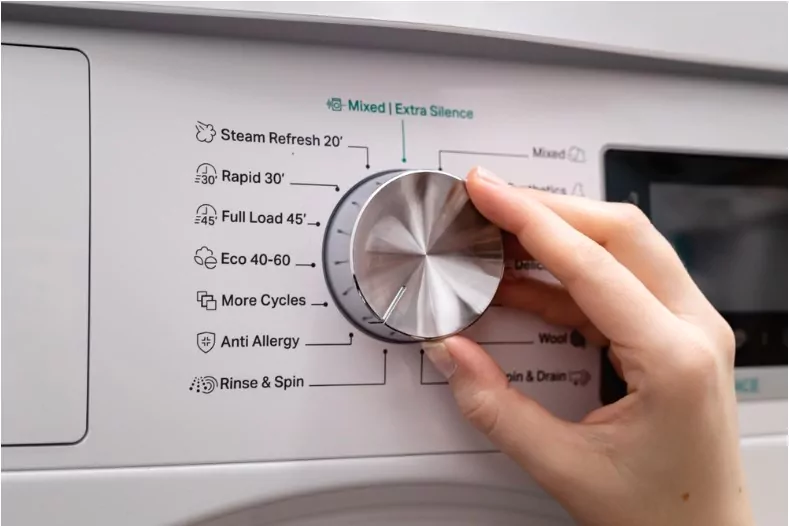
Setting the Wash Cycle
Front-loading washing machines offer different types of washing cycles like permanent press, quick wash, and others. Select the washing cycle based on your laundry needs. For instance, use a gentle cycle for delicates and a robust cycle for heavily soiled clothes.
Spin Speed and Rinse Cycle
Adjust the spin speed based on your garments. A higher spin speed extracts more water, reducing drying time. However, delicate clothes might benefit from a slower spin speed. Following the spin cycle, the rinse cycle uses water to remove any leftover detergent from your clothes.
Setting the Water
Temperature: While hot water can be effective for heavily soiled laundry, cold water is energy-efficient and gentle on most fabrics.
Starting Wash
After the settings are adjusted, close the door firmly and start the washing machine.
Unloading the Washer
Once the washing cycle completes, promptly remove clothes to prevent any musty smell. Leave the door ajar to allow the washer tub to dry and keep mildew at bay.
Maintenance
Periodically, use a washing machine cleaner to clean the drum. For front-load washers, inspect the rubber gasket around the door for debris or trapped garments.
3 Front Load vs. Top Load Washing Machine
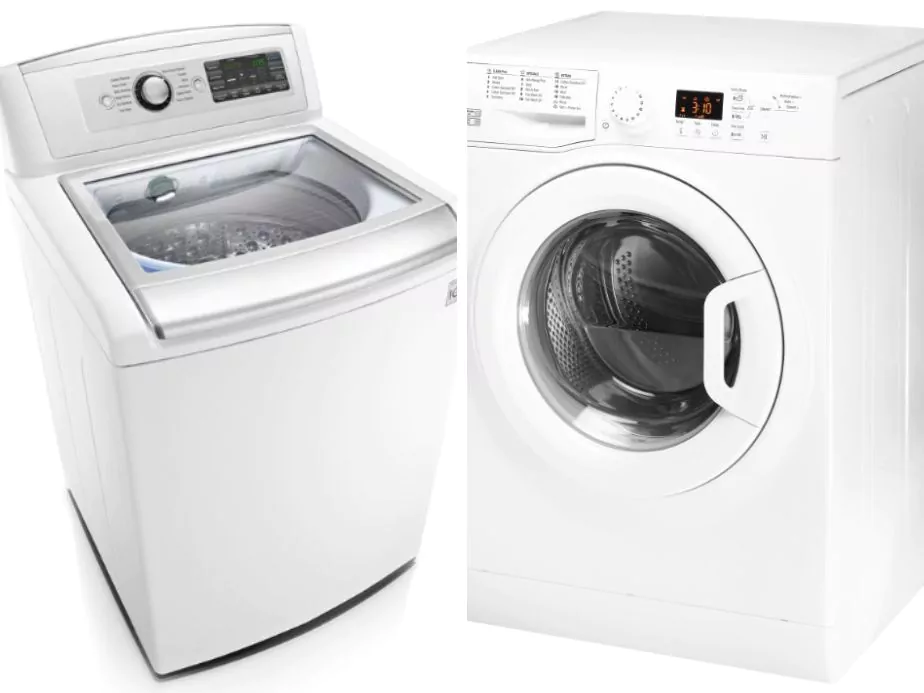
- Water Usage: Front-loaders use less water compared to top loaders. Top load washing requires more water as the drum needs to be fully submerged.
- Efficiency: Front-load washing machines often spin faster, extracting more water and reducing drying time.
- Space: Front-loading washing machines are stackable, a boon for those with space constraints.
- Loading and Unloading: Loading clothes into a top loader might be easier for some as it doesn’t require bending. However, retrieving clothes from a front loader can be simpler, especially for those with back issues.
4 Maintenance and Tips
Detergent Dispenser Maintenance: The detergent dispenser drawer should be cleaned regularly. Over time, residues from laundry detergent and fabric softener can build up.
Cleaning the Front Loader: Front-loading washing machines can benefit from monthly cleaning using a washing machine cleaner. This not only keeps the machine fresh but also ensures optimal performance.
Avoiding Excessive Suds: Excessive Suds can hinder the washing process. It’s always recommended to use high-efficiency (HE) detergents with front-load washers to prevent this.
Water Usage Considerations: While front loaders are efficient in water usage, different cycles may use more or less water. For instance, a quick wash might use more water to expedite the washing process.
Clothes and Space: While front-load washing machines have a larger capacity, remember that clothes need space to move. Loading too many garments can result in less effective cleaning.
Top Load Washing vs. Front Load Washing: While front-loading washing machines are efficient and space-saving, some people still prefer top-loading washing machines for their speed and ease of loading. It’s essential to choose based on your laundry habits, space, and preference.
5 Wrapping Up
Transitioning from top-load washing machines to front-load washing machines requires a little adaptation. With the knowledge of how to use front-load washing machines effectively, you can ensure your clothes come out fresh and clean every time. The key is to use the right amount of laundry detergent, select the right wash cycle, and maintain your machine properly.
Remember, while the process may seem daunting initially, once you get the hang of it, your front-load washing machine can prove to be a worthy investment for years to come. And as always, refer to your machine’s manual for any specific instructions or care details. Happy washing!
Community Q&A
About This Article
This article has been viewed 399 times.


